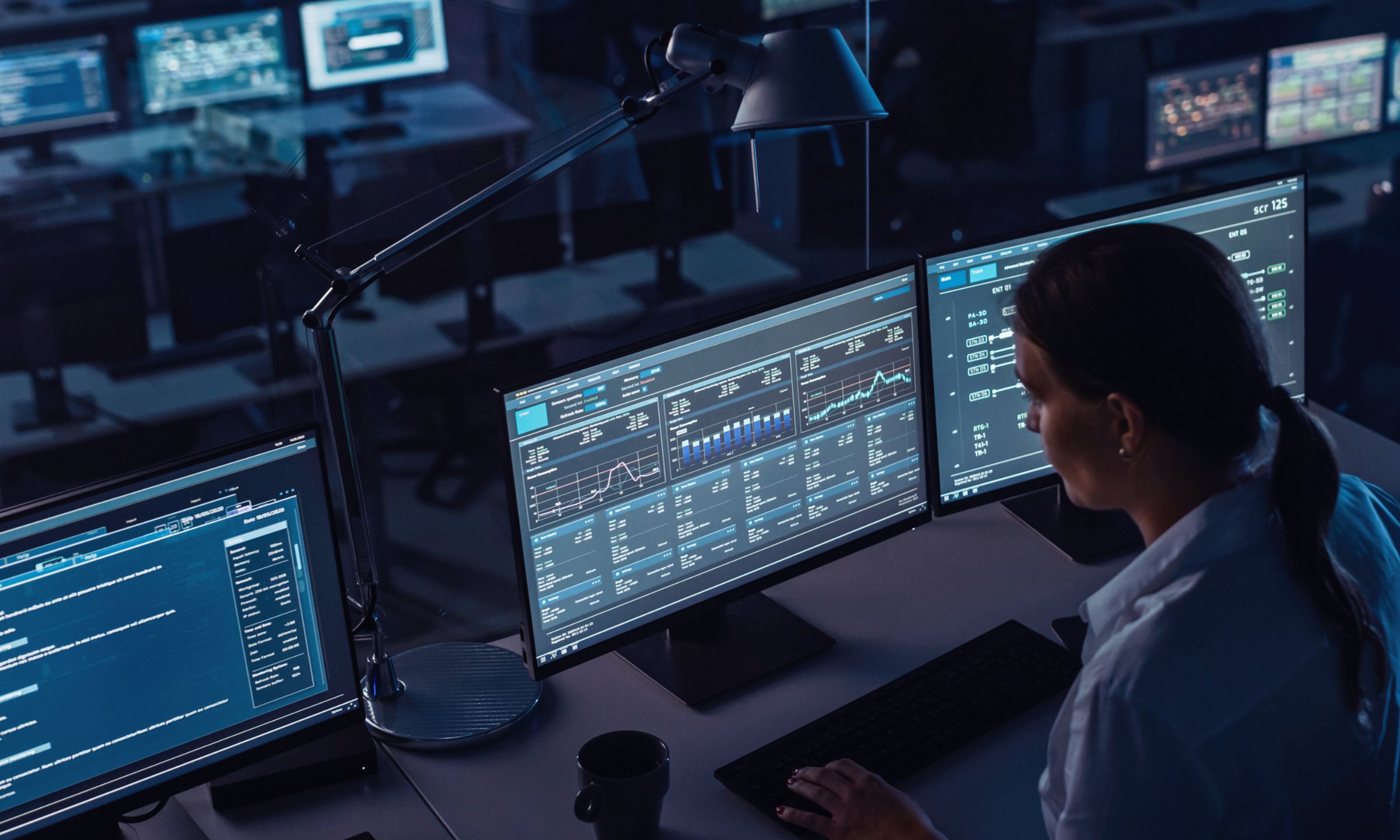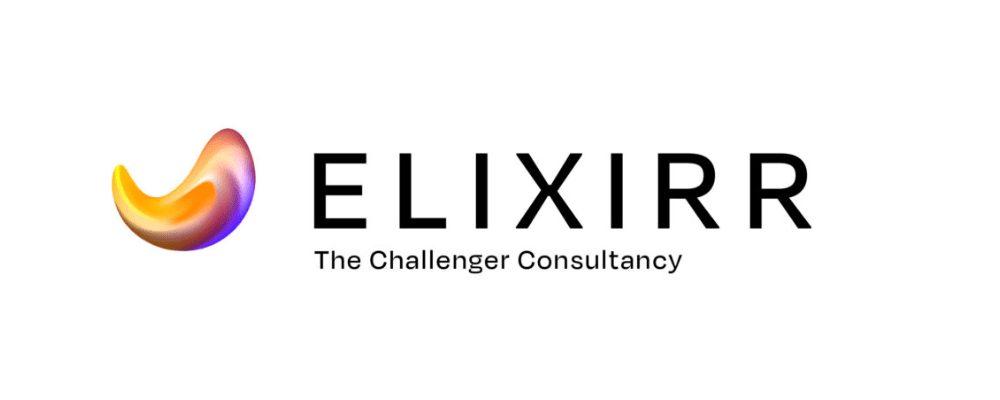
Private equity firms manage a wealth of sensitive data, making them prime targets for cybercriminals. With the growing number of sophisticated cyber threats, Chief Technology Officers (CTOs) must adopt a proactive stance to safeguard valuable data assets.
However, despite the escalating risks, only a fraction of private equity firms have a robust cybersecurity program in place. In a study conducted with over 100 private equity firms, 23% have an operational and compliant cybersecurity program.
It’s time for CTOs to take action in fortifying digital defences.
Understanding the current landscape
The initial step for any CTO is to conduct a comprehensive assessment of their firm’s cybersecurity posture.
This involves reviewing existing security protocols, conducting penetration testing, aligning on user roles and responsibilities and assessing technology requirements. In a collaborative effort with Elixirr, a global private equity firm underwent a thorough current-state assessment of its Identity and Access Management (IAM) programme. Leveraging user interviews and in-depth analysis, we identified potential vulnerabilities and laid the groundwork for enhancements that would improve the future state experience.
Designing a future-state security programme
A critical component to developing a future-state cybersecurity programme is the software being utilised by private equity firms to maintain regulatory compliance. Cybersecurity companies such as Palo Alto Network, CrowdStrike and Tanium provide tailored software as a service (SaaS) offerings that adhere to industry requirements such as SOX compliance (Saranes-Oxley Act) and General Data Protection Regulation (GDPR). Additionally, private equity firms should ensure software and hardware requirements can be adequately scaled to adapt to evolving security threats. To gauge scalability requirements, key metrics should be used to measure the time it takes to integrate new security technologies, response times to resolve security incidents, and track technology utilisation rates. Maximising software efficiencies is an essential criterion when scaling a cybersecurity programme. However, no cybersecurity programme is perfect and requires continuous adjustments to keep data secure. One way to ensure effective cybersecurity is through penetration testing. This process involves simulating attacks to uncover vulnerabilities allowing private equity firms to take corrective actions to mitigate potential threats. While penetration testing remains a key strategy, 1 in 5 companies fail to test their software for security flaws, the lack of penetration testing underscores the urgent need for a more comprehensive approach to safeguarding data. A second way to achieve top-level cybersecurity is to implement an Identity and Access Management (IAM) programme that offers robust security controls. Such a framework enables IT managers to control access to critical information within the organisation. Popular systems that fall under an IAM programme are single sign-on and two-factor authentication.
In parallel to having strong software, another component for a successful cybersecurity programme is a Chief Information Security Officer (CISO). The CISO is responsible for establishing and maintaining an organisation’s cybersecurity strategies, policies and practices to protect its information assets and technology infrastructure. Often reporting to the CTO, the two must collaborate effectively to align on security requirements with business objectives. While the CTO is focused on the overall technology strategy and operations of a firm, the CISO ensure solutions are secure and comply with relevant security standards and regulations.
One final part of developing a complete cybersecurity programme is the use of security frameworks. These will provide a comprehensive and structured approach to implementing and maintaining a strong security programme. Common frameworks include Cybersecurity Framework from the National Institute of Standards and Technology, and CyberEssentials, which is a government-backed certification program.
Implementation strategies
As cyber-attacks become more prevalent, CTOs and CISOs must consider a range of tools to adequately detect threats. While a cybersecurity programme has many pieces, detection is often the front line and can greatly mitigate large data breeches. Three main detection tools that firms can incorporate as part of their strategy are: Endpoint Detection and Response (EDR), Manage Detection and Response (MDR) and Extended Detection and Response (XDR). EDR and MDR both capture all endpoint activity and leverage analytics to provide a snapshot of each endpoint’s health. These programs can also alert security teams about anomalous activities and help prompt the stop of an attack. MDR differs in that it is a managed service and has a dedicated team managing cybersecurity threats. Lastly, XDR is a more robust EDR that works across an organisations’ entire tech stack, constantly monitoring disjointed products, data and processes.
In addition to tech tools, there is also a need to use best practices when accessing and managing data, such as a zero-trust policy. A zero-trust policy is one where users and services are authenticated and authorised before they can access a network service. The idea behind this policy is that no one, whether internal or external, is trusted by default, and verification is unilaterally required.
If implemented correctly, a zero-trust policy grants the bare minimum access requirements for users in order to mitigate unauthorised access while also equipping users with the data needed to conduct business activities. This policy has had a large impact on businesses as it reduced the cost of data breaches by 20.5%.
Similar to the zero-trust policy, we have helped private equity firms design policies and implement roadmaps based on prioritised activities and requirements from the business. This includes the implementation of multifactor authentication so that firms can defend themselves against cyber-attacks using state-of-the-art technologies.
Ensure security training and IT excellence
When establishing cybersecurity processes, CTOs should foster a company culture that values IT training and education.
Ensuring new or existing employees receive proper training will prevent data security protocols from being overlooked and provide a step-by-step guide to protecting sensitive firm data. In particular, organisations that have implemented security awareness training were able to reduce the risk of phishing attacks from 60% to 10% within the first 12 months.
Other common training sessions include ways to improve password protection, mobile usage, internet usage, etc.
In addition to training, adequate staffing and sourcing IT resources to counter cybersecurity threats is critical to maintaining a robust defence.
We have extensive experience within the cybersecurity vendor management process and can provide high-level vendor analysis and recommendations tailored to client demands based on varying organisation structures. Investing in people and partnering with reputable vendors is a key way to augment your firm’s defence mechanisms.
Enhance operational processes and automation
In cases where users need immediate access to data that their current security level does not permit, CTOs can leverage time-limit access or one-time use credentials to allow employees to gain access to data temporarily.
This agile approach on a case-by-case basis improves operational efficiency, as users can quickly access the data needed to complete workloads. Furthermore, automation also ensures increased security and efficiency, as common tasks such as creating a customer account or changing user passwords can prevent internal users from rogue activities and can also improve the onboarding process for new users.
On average, automated security processes catch 40% more threats than conventional security methods. In addition to accessing data, a centralised log collection—often in the cloud—provides firms with the ability to internally audit data usage and track compliance. When working with a private equity firm, we were able to create a source of truth for existing application landscapes and data usage within the business into an operationalised model.
Empowering CTOs on the cyber battleground
As custodians of invaluable assets, CTOs need to stay ahead of security threats to protect the data of private equity firms. The time for complacency is long gone; proactive measures are imperative to counter cyber adversaries.
Embracing a holistic approach to cybersecurity, grounded in robust assessments, technology, processes, and continuous vigilance, is paramount.
“We help senior business leaders turn ideas into actions. Of course, it’s execution that determines success; that’s why we also make change happen, treating our clients’ business like our own.
Our people make our firm. And while our team expands across the globe, we continue to attract the best talent in the industry, building a team of high performing, like-minded individuals who share our vision of building the best consulting firm in the world.
With the launch of our ESPP scheme in 2021, we gave our entire team the opportunity to be part owners of Elixirr — and with a 74% enrolment rate for 2022, entrepreneurialism has never been more embedded into our business.”
Please visit the firm link to site


